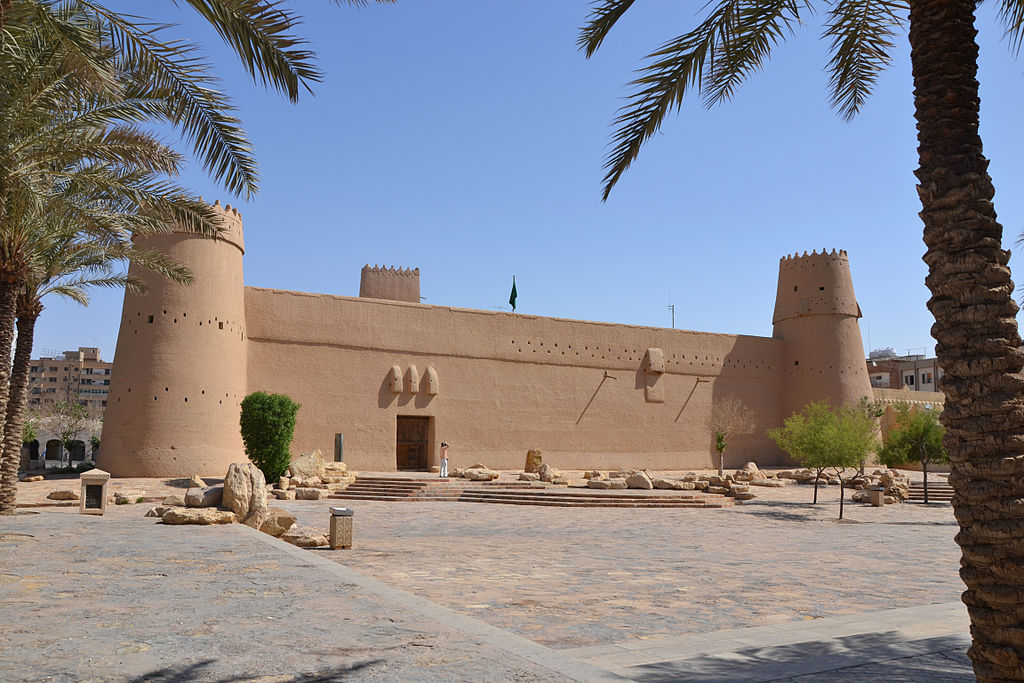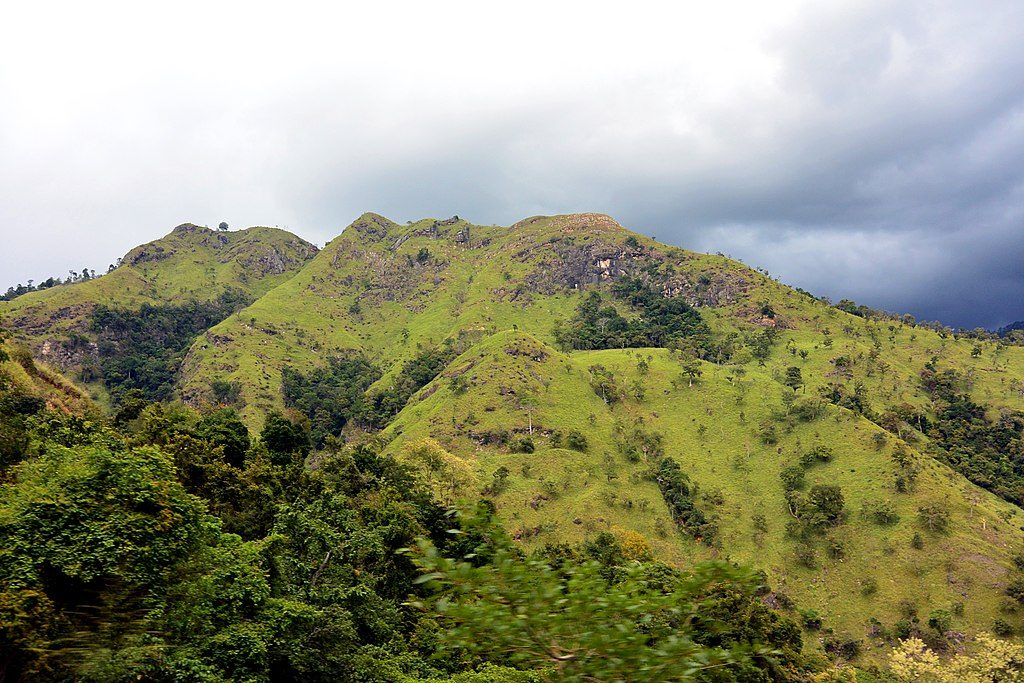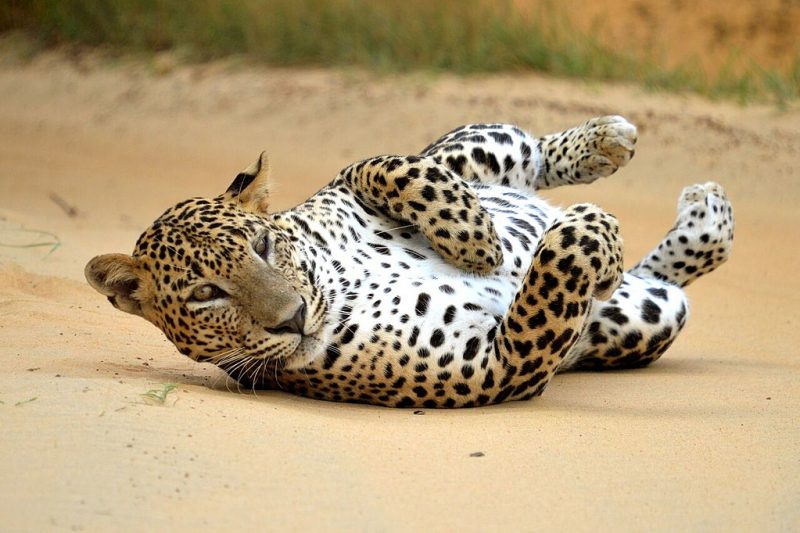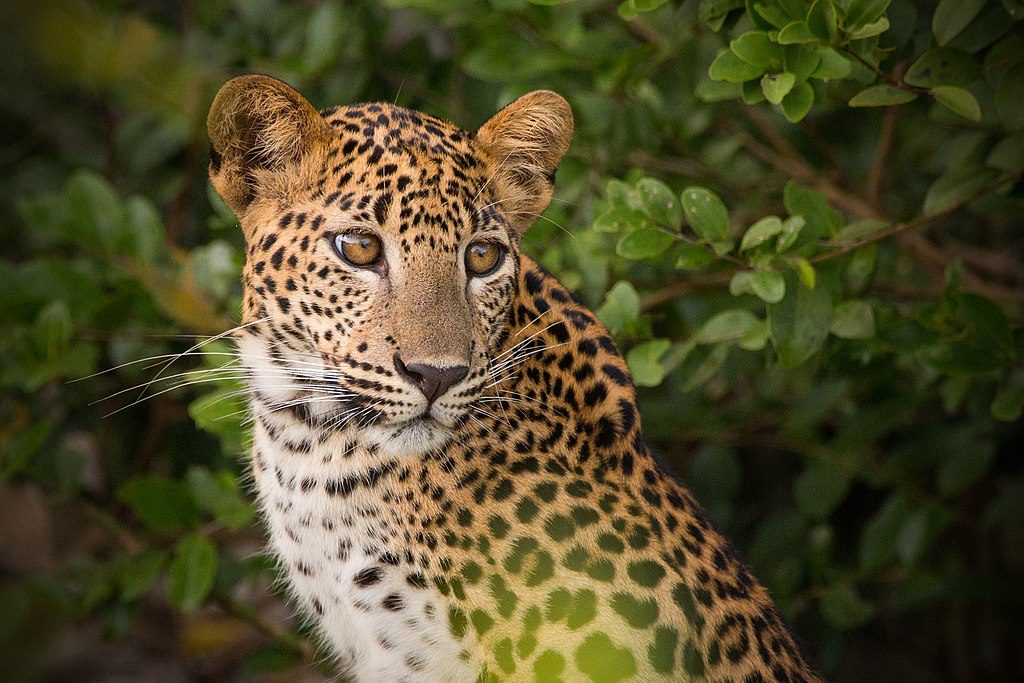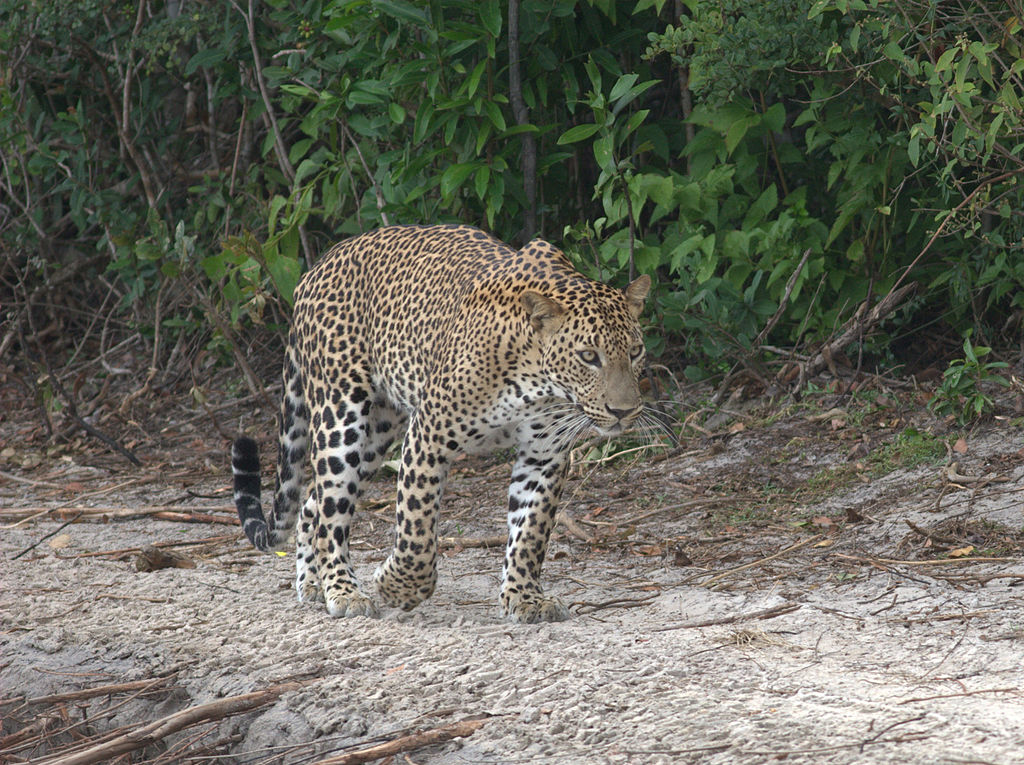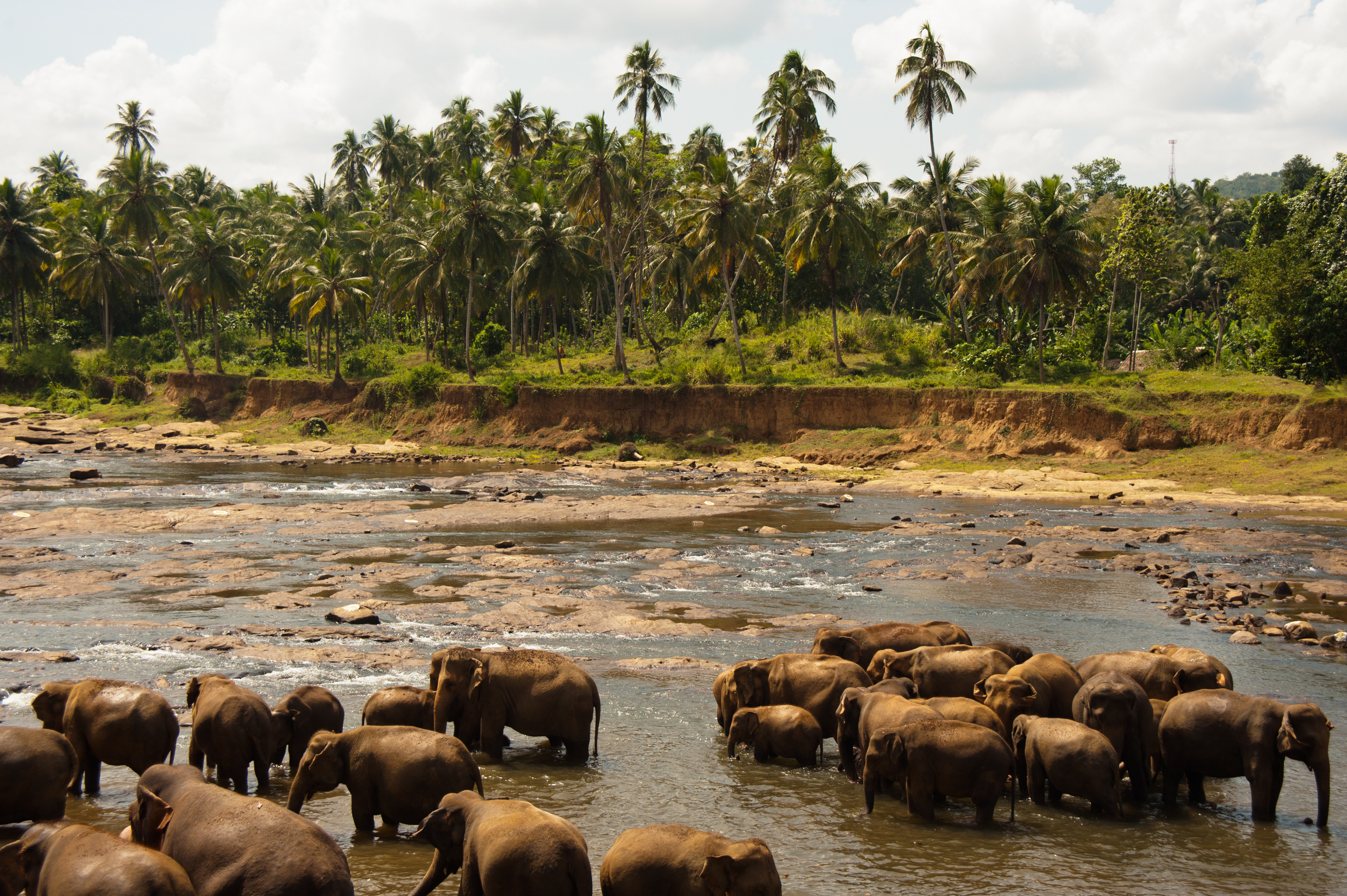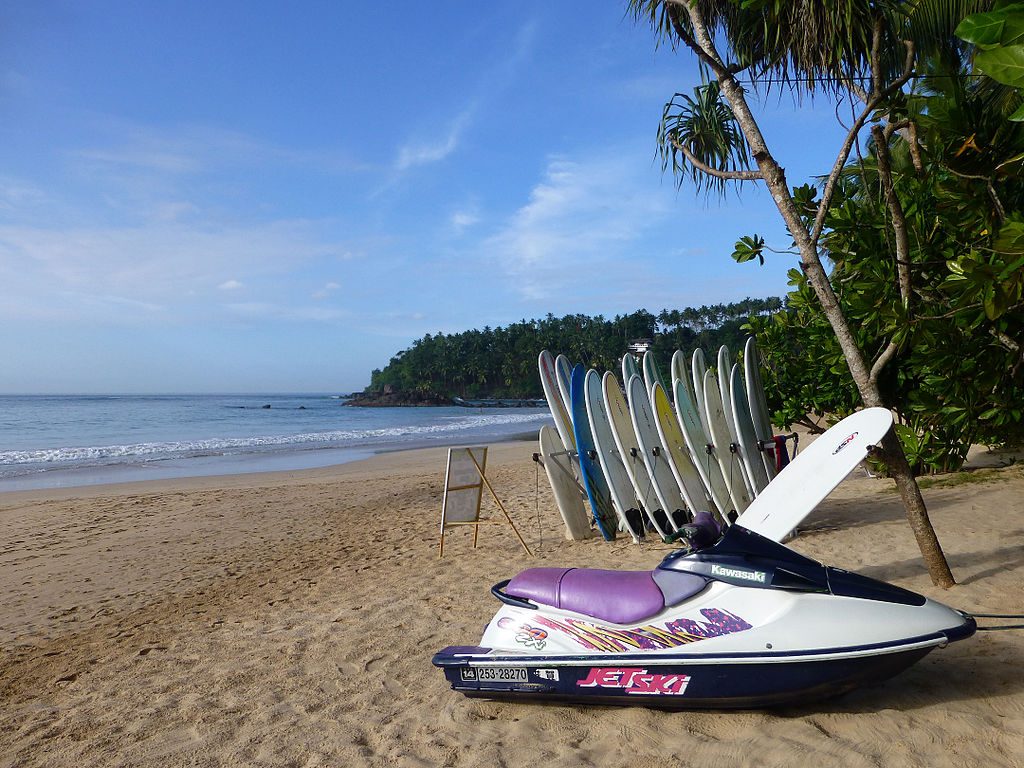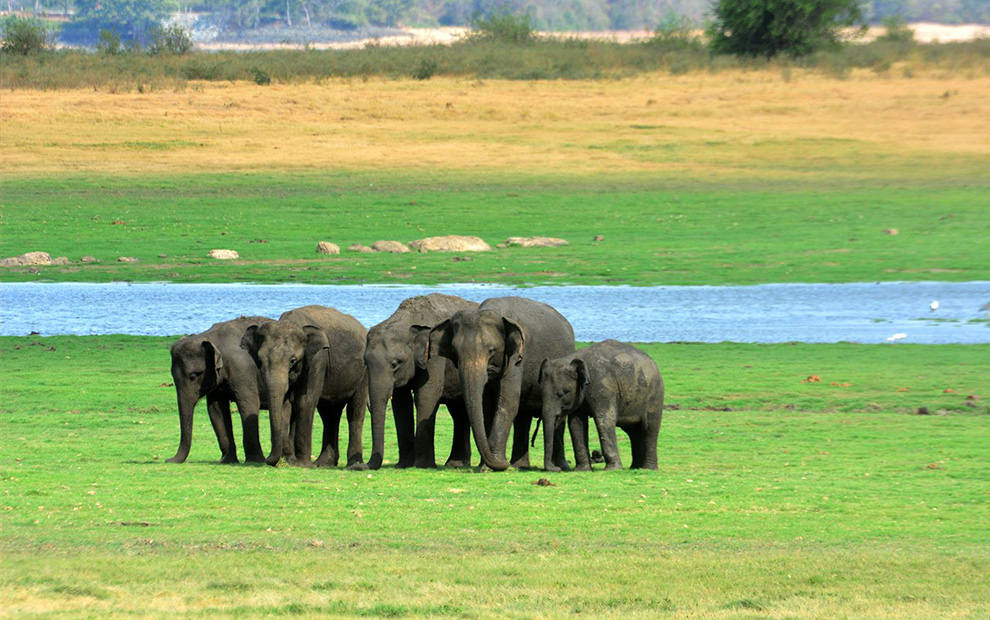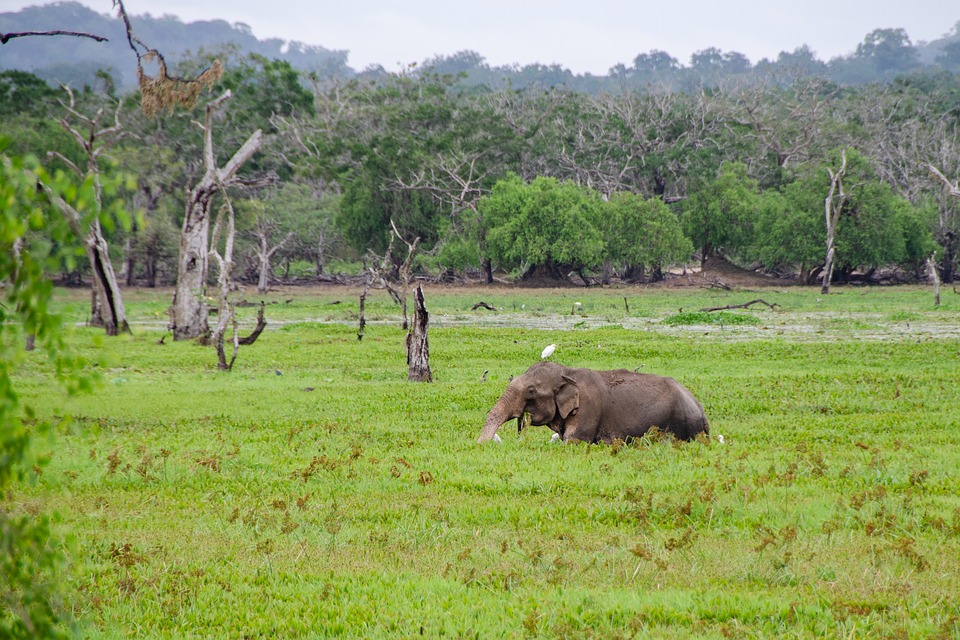One of the most popular historic sites in Sri Lanka, Sigiriya was named a UNESCO Heritage Site and is a brief capital of a tragic king who ruled during the 5th century.

A Brief History
The fortress and city surrounding the rock was built around the 5th century by Kashyapa who became king after murdering his father as he had no legitimate claim for the throne being the son of a concubine even though he was the eldest.
He left the capital Anuradhapura behind for fear that his half-brother would seek revenge. He made sure the fortress was impenetrable with fortified walls, moats and a network of waterways that would flood the city and make it impassable.
When his half-brother did come, Kashyapa met him outside of the fortress in battle and died by falling on his sword. How it got to that is shrouded in mystery.
Sigiriya was lost to history after that and was only discovered in the early 1800s. Kashyapa’s rule though it lasted no more than 11 years made the city the spectacle it is today, even in ruins.
Tips to Remember
Sigiriya can be accessed from two small cities nearby; Dambulla and Habarana; each with a drive less than 30 minutes. The site belongs to the Cultural Triangle and is a celebrated area by both tourists and locals in Sri Lanka. Resort hotels have come up in the area to cater to the many tourists. One of the closer resorts is Habarana Village by Cinnamon.


